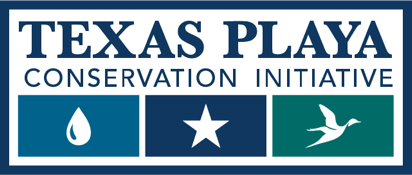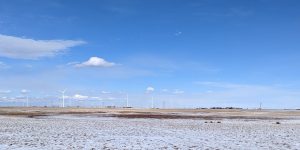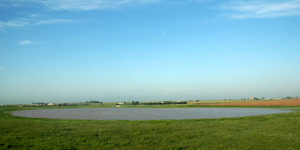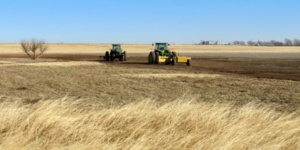Ørsted Partners with PLJV to Restore and Conserve Texas Playas
Ørsted, a leading clean energy developer, is contributing $100,000 to Playa Lakes Joint Venture (PLJV), a nonprofit organization dedicated to conserving bird habitat of the western Great Plains, to restore …



